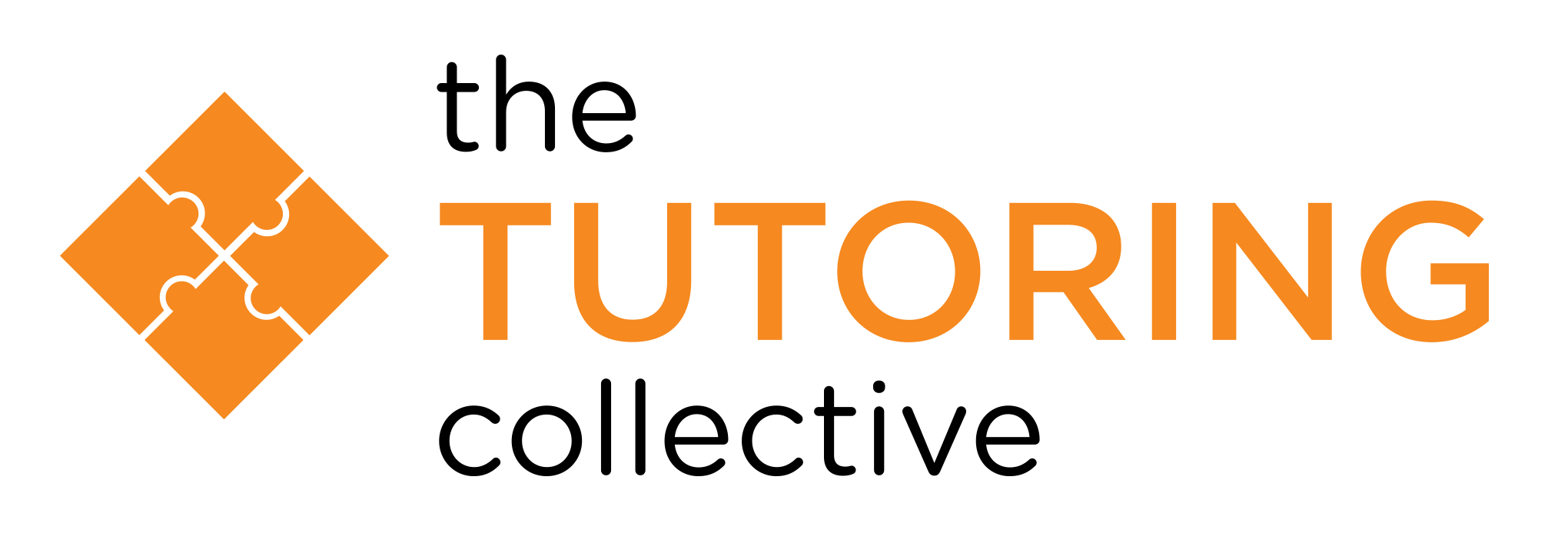What is 1:1?
There’s another new term you may be hearing a lot lately in the K-12 landscape. One-to-one computing (sometimes abbreviated as “1:1”) refers to schools that provide each student an electronic device in order to access the Internet and digital course materials. For younger students, the school is likely to provide a tablet, whereas older students who type more may receive something similar to a Chromebook.
The Struggle is Real
We saw a massive shift to 1:1 due to the pandemic, but schools are still struggling with implementation.
“The whole pandemic had been like a big proof of concept for 1-to-1 [computing],” Marlo Gaddis, the chief technology officer for the Wake County schools in North Carolina, told Education Week. “Now it’s taking all of those learnings and putting them into [practice]. I don’t think there’s a district in this country that could say they’ve done it perfectly.”
Another struggle is accepting your child will be tied to a device throughout their entire school day and beyond. A recent study finds that 85% percent of educators said their district have a device for each individual student at all grade levels to use in class.
Districts are working to help teachers realize that 1-to-1 computing “doesn’t mean all screens, all the time. It doesn’t mean we’re throwing away our pencils and crayons. It just means that we now have an opportunity to leverage a tool and expand learning in a way that we couldn’t before.” – Susan Uram, Rockford School District Technology Director
It’s safe to say we will start seeing more and more institutions adopt the 1:1 trend and will need to decide how that transitions to the “screen time” boundaries we have established at home.
Success is Possible
What needs to be considered in all of this is the educator. Powerful technologies only become game changers when in the hands of innovative, student-focused educators who are supported. And some schools are handling the implementation well and seeing massive success.
What does that success look like for our kids? Increased student engagement and participation as most of these kids have grown up with devices. Increased student responsibility as they are expected to take care of their devices. 1:1 is also increasing professional development by preparing students for a technology-driven work environment. Perhaps the most important is a more equitable learning environment. We know socioeconomic factors play a huge role in a technology-driven classroom. With 1:1, each student has the resources they need to receive the education they deserve.
At The Tutoring Collective, we believe that the purpose of tutoring is to help students help themselves and to transform them into confident, independent learners. Contact us today to learn more!




